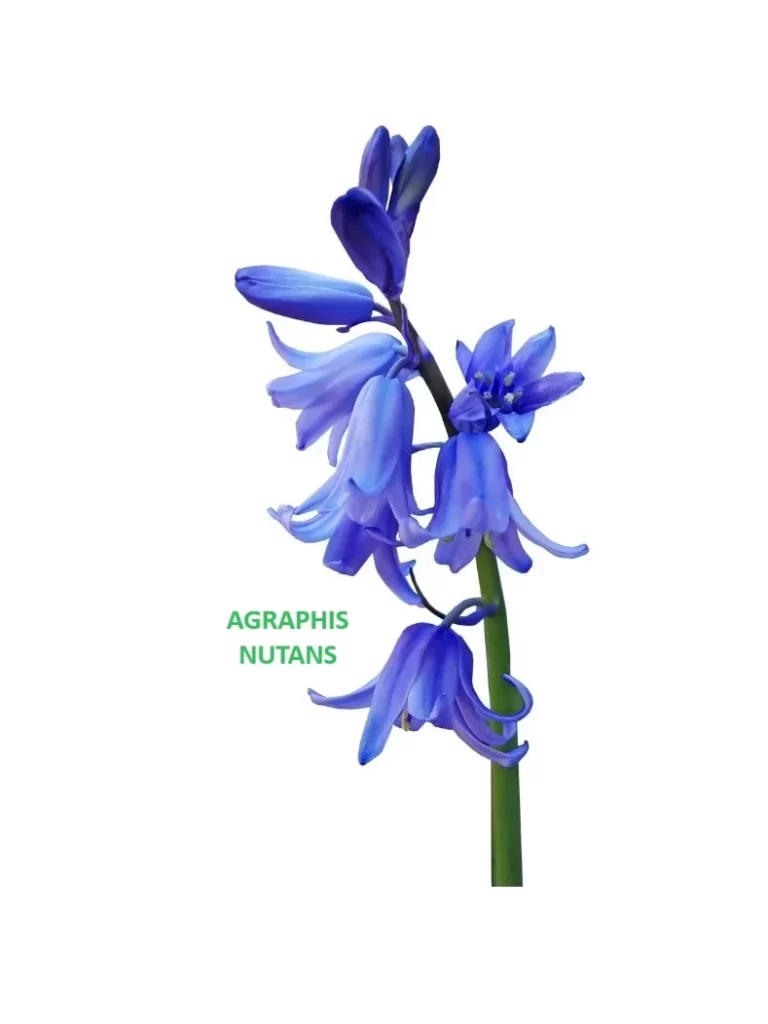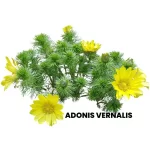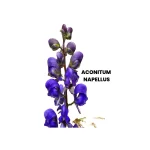Agraphis nutans, commonly known as Bluebell, is a remedy derived from the vegetable kingdom in homeopathy.
The remedy is recognized for its efficacy in addressing various conditions, particularly those related to the respiratory and mucous membrane systems.
Table of Contents
ToggleSOURCE INFORMATION
Agraphis nutans, commonly known as Bluebell or Wild Hyacinth or Drooping Leucothoe, is a plant species with certain historical uses and is known for its distinctive drooping flower clusters.
- Kingdom: Plantae
- Phylum: Angiosperms
- Class: Eudicots
- Order: Ericales
- Family: Ericaceae
- Genus: Agraphis
- Species: Agraphis nutans
Agraphis nutans is a deciduous shrub that typically grows in a dense, mounded form.
It is characterized by its elongated, drooping clusters of small, bell-shaped flowers.
The flowers are usually white or pale pink, and they appear in spring.
Ornamental Use:
- Agraphis nutans is often cultivated for its ornamental value in gardens and landscapes.
- The drooping flower clusters contribute to its aesthetic appeal, making it a choice for ornamental planting.

GUIDING SYMPTOMS
- Catarrhal Conditions
- Indication: Agraphis nutans is indicated for catarrhal conditions, especially those involving the obstruction of nostrils.
- Ear and Throat Troubles:
- Indication: The remedy is associated with throat and ear troubles, particularly when there is a tendency to free discharge from mucous membranes.
- Enlarged Tonsils and Adenoids
- Indication: Agraphis nutans is linked to conditions involving enlarged tonsils and adenoids. This can contribute to symptoms like deafness and mutism in childhood.
- Mucous Diarrhoea from Cold
- Indication: The remedy is considered for cases of mucous diarrhoea triggered by exposure to cold.
- Chill from Cold Winds
- Indication: Agraphis nutans is associated with a susceptibility to catching cold on exposure to cold winds.
RELATIONSHIPS
- Comparisons: Agraphis nutans is often compared to other remedies with similar indications, including Hydrastis, Cepa, Calc. phos., Sulph. jod., and Calc. jod.
DOSAGE
- Recommended Dose: Third potency is recommended, and single doses of the tincture have been suggested by practitioners, such as Dr. Cooper.
FREQUENTLY ASKED QUESTIONS
- Is Agraphis nutans known for its historical uses?
- Answer: Specific historical uses of Agraphis nutans are not well-documented. Homeopathic remedies often lack detailed historical information about the plants from which they are derived.
- What are the key symptoms indicating the use of Agraphis nutans?
- Answer: Agraphis nutans is indicated for catarrhal conditions with nostril obstruction, ear and throat troubles with mucous discharge, enlarged tonsils and adenoids, mucous diarrhea triggered by cold, and susceptibility to catching cold from cold winds.
- How does Agraphis nutans compare to other remedies?
- Answer: Agraphis nutans is often compared to remedies such as Hydrastis, Cepa, Calc. phos., Sulph. jod., and Calc. jod., especially when their symptomatology aligns.
- What is the recommended dosage for Agraphis nutans?
- Answer: The recommended dosage is the third potency, and practitioners like Dr. Cooper have suggested single doses of the tincture.
This information provides an overview of Agraphis nutans, including guiding symptoms, relationships with other remedies, and recommended dosage, while acknowledging the limited availability of detailed plant source and historical background information.













Leave a Reply